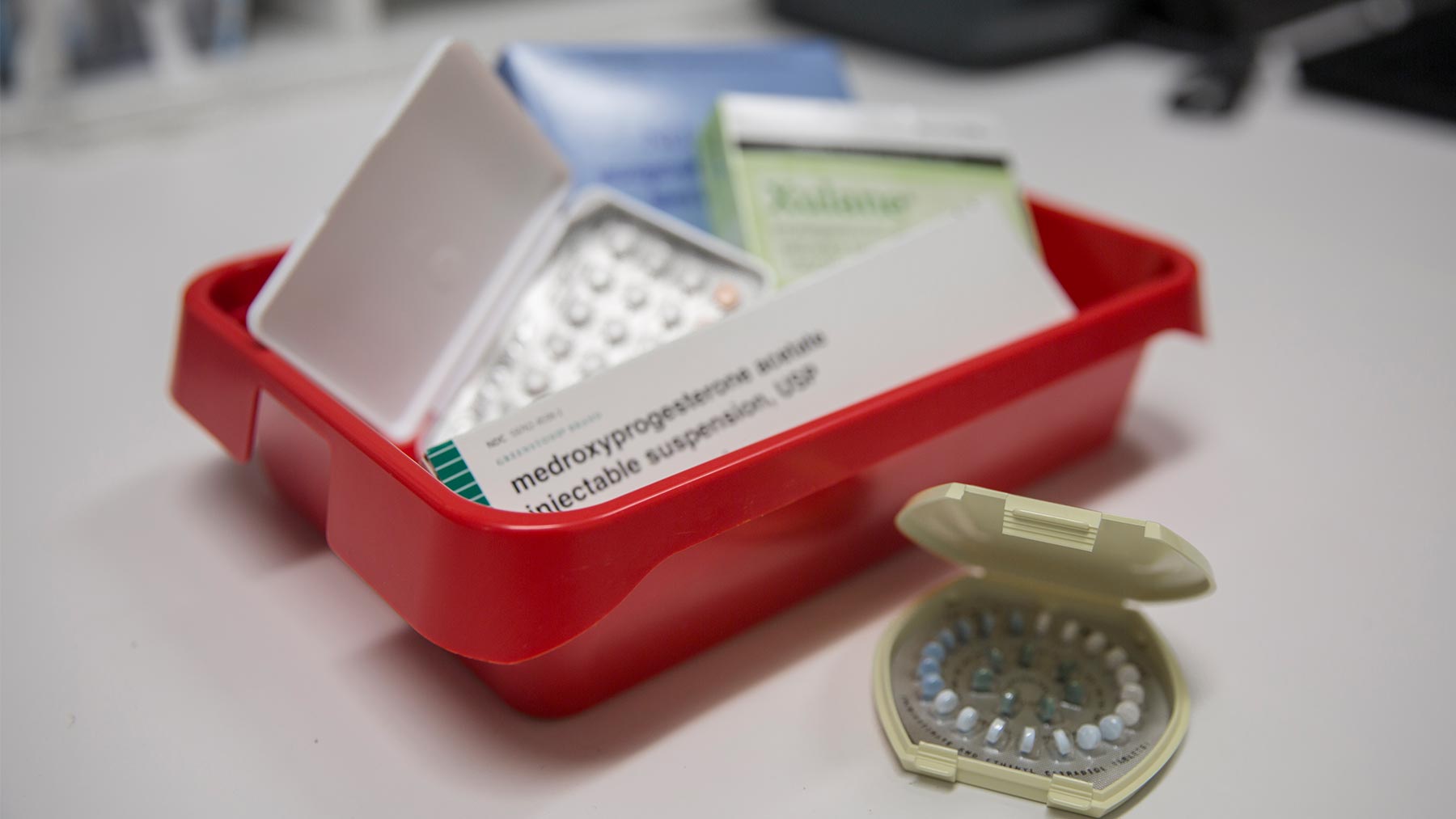Choosing a birth control method

There are many different options available to help prevent unwanted pregnancy. The most commonly known methods are condoms, long-acting reversible contraceptives, injections, birth control pills and sterilization. However, several other choices are available.
In order to help decide which method is best, some questions are particularly helpful:
- What are your plans for having children in the future?
- Does your schedule allow for taking a pill at the same time every day?
- Are you ok with having a birth control device within your body?
- How often are you having sex?
Based on the answers, I usually recommend one of the following methods of birth control.
Birth control pills
Combined oral contraceptives (birth control pills) have an estrogen and a progestin component. The estrogen component is the same but the progestin varies, therefore the progestin accounts for the variation in side effects and personal tolerance. They come with different hormones (estrogen and progesterone or progesterone alone) and can affect your periods differently. Because birth control pills contain estrogen, they can increase your risk for blood clots in the legs and lungs and shouldn’t be used if you’re more likely to develop these conditions.
The birth control ring and patch options contain both of these hormones as well and work similarly to birth control pills. The advantage of these methods is that you don’t need to remember to take a pill every day, which can be helpful for some women, and there is less systemic absorption and therefore fewer side effects.
There’s also a progestin-only pill that’s popular with women who are breastfeeding as it has very little effect on milk production. The combined oral contraceptive may decrease your milk supply. Unfortunately, the progestin-only pill has a very narrow therapeutic window - meaning it MUST be taken at the same time every day. If you take this pill even 30 minutes late, you’re at risk of your birth control failing. Women who have a hard time remembering to take a pill or new moms who are juggling a newborn might want to think about other options when considering birth control.
Injections
An injection of progesterone can be an effective method of birth control. Each injection lasts for three months, and you need to visit a nurse every three months to receive the injection. Keep in mind that after stopping the injections, it may take up to a year before your periods become normal and you’re able to get pregnant.
Long-acting reversible contraceptives
Long-acting reversible contraceptives are typically the most effective and provide you with a cost-effective birth control solution that lasts for several years. They’re great options if you know you want to get pregnant eventually, but not anytime soon. They don’t require you to take a pill every day and can be both inserted and removed in your doctor’s office. You can get pregnant soon after removing these methods of birth control.
Intrauterine devices (IUD) are “T” shaped and inserted into the uterus. Depending on which brand you pick, an IUD can stay in your uterus anywhere from three to 10 years before needing to be removed. The type of IUD you choose can also impact your periods – some can make your period get lighter (or disappear altogether) while others can make your periods temporarily heavier. Talk with your doctor about the potential effects of each IUD option.
A contraceptive implant is another form of birth control that is placed under the skin on your arm. This method is effective for three years and contains progesterone, which may cause your periods to be lighter or disappear altogether. Removing this type of birth control can be tricky, since it essentially requires a minor procedure to get it out. I typically only recommend this method if a patient has been on it before and tolerated it well, because the progesterone can cause patients to experience symptoms like mood swings and depression.
Barrier methods
Birth control that forms a barrier between the sperm and uterus, like male and female condoms and female diaphragms, are other forms of birth control. These methods are also effective in reducing the risk of a sexually transmitted infection (STI). Barrier methods of birth control are less effect at preventing pregnancy than other methods and should be used every time you have sex. However, for patients who don’t want to use hormonal birth control these are a good option. Importantly, they should always be considered to prevent the transmission of STIs.
Sterilization
If you know you don’t want any possibility of pregnancy in the future, sterilization can be considered. For both women and men, a small surgery is required. For women, this can be performed by tubal ligation (tubes tied) or removal of the fallopian tubes. For men, vasectomy is the only sterilization option.
If a patient comes to me requesting sterilization, I typically try to counsel them about long-acting reversible birth control methods, because they’re nonsurgical and reversible, and the failure rates for these methods are comparable to sterilization. For couples who desire permanent contraception, we prefer vasectomy of the male partner.
When it comes to choosing a method of birth control, no decision is right or wrong. The best choice is the decision that is best for you. To help decide which one is right for you, consult with your OB-GYN.




